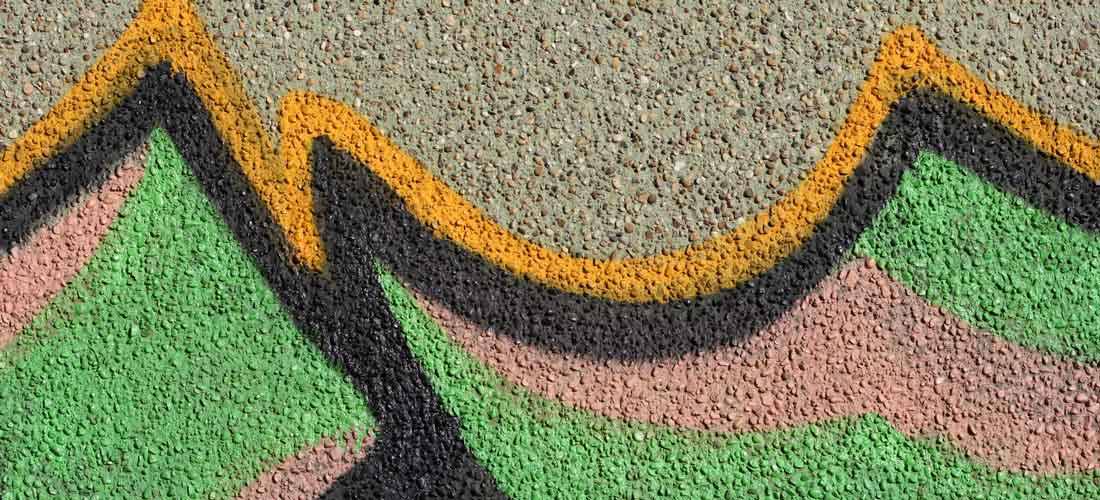Before you start picking out colors for a new paint job read these useful tips on how to clean graffiti and spray paint off your home exterior.
Though it is notoriously difficult to remove from porous surfaces like concrete, mortar, stucco, or brick, graffiti and spray paint can still be removed using products specifically designed for them. Graffiti cost the US $15 to $18 billion per year to clean up ( http://www.seattletimes.com/seattle-news/graffiti-vandals-cost-public-millions/ ), but it doesn't have to cost you that much,

Removal products that are not too expensive are available at local hardware and paint stores and can work quite well – depending on what kind of masonry you’re cleaning and the type of paint used. Graffiti, even a small amount, can decrease the value of your home quickly.
Warning: These products are usually toxic so proceed with extreme caution while using them. Arm yourself properly with gloves, safety goggles, an approved respirator, and adequate ventilation. When done, dispose of empty cans and containers properly.
Different Types of Spray Paint Removal
- GRAFFITI REMOVER by KLEAN STRIP – This is an aerosol remover suitable for wood, metal, bare concrete, or masonry.
- GOOF OFF or OOPS! ALL-PURPOSE REMOVER – This product is highly recommended for wood, concrete, brick, vinyl, fiberglass or any fully-cured painted surface not just to remove spray paint but other substances as well such as lipstick, ink, marker, shoe polish, etc.
- Graffiti Go! – This is an all-round product that is easy to use and harmless to humans and the environment. It can remove spray paint from wood, metal, stone, marble, concrete, and plastic.
Directions for Removing Spray Paint
- Brick and Concrete : Use extra-strength graffiti remover or paint stripper. Scrub the stained area with a wire brush and then rinse off with a forceful stream of water. For more stubborn residues, let the solution sit for a few minutes before scrubbing it off again.
- Stucco : Again, use extra-strength graffiti remover or semi-paste paint stripper. (Note: It can lead to damaging the surface finish.) Seal the cleaned area with a product like KILZ, and then paint over with stucco paint. If the affected area is hit with a very large design or numerous tags, you may need to sandblast and re-finish the wall.
- Wood : Seal the graffiti using a product like KILZ especially if it is a latex or an oil-based spray paint. Choose paint type that matches the existing siding and apply two coats evenly. For stained and varnished wood, a product like the OOPS! product remover is more effective. For bare wood, sanding is required after application of remover. Wipe it off with a cloth rag.
- Vinyl, steel, or aluminum siding : Whichever spray paint remover you use, it will most definitely take off the surface finish. To downplay the effect, divide the surface in smaller areas and then apply the remover very carefully and sparingly. If you are in a hurry, use the following solution: In a bucket of 3 quarters of water, add 1 quarter Clorox bleach, 2/3 cup of Spic & Span, and 1/3 cup of powdered Tide. Gently scrub the surface and rinse off with water. Repaint if necessary.
- Metal : You can use either Graffiti Remover or paint stripper. Some homeowners use carburetor cleaner but you have to proceed with caution because it is highly flammable.
- Fiberglass, Plexiglas, and Glass: Use paint stripper, Graffiti Remover, or Goof Off to remove spray paint on the surface. Follow any precautions on the label and protect yourself before cleaning it off. Using a cloth rag, rinse the stain vigorously but carefully.













Write a Comment